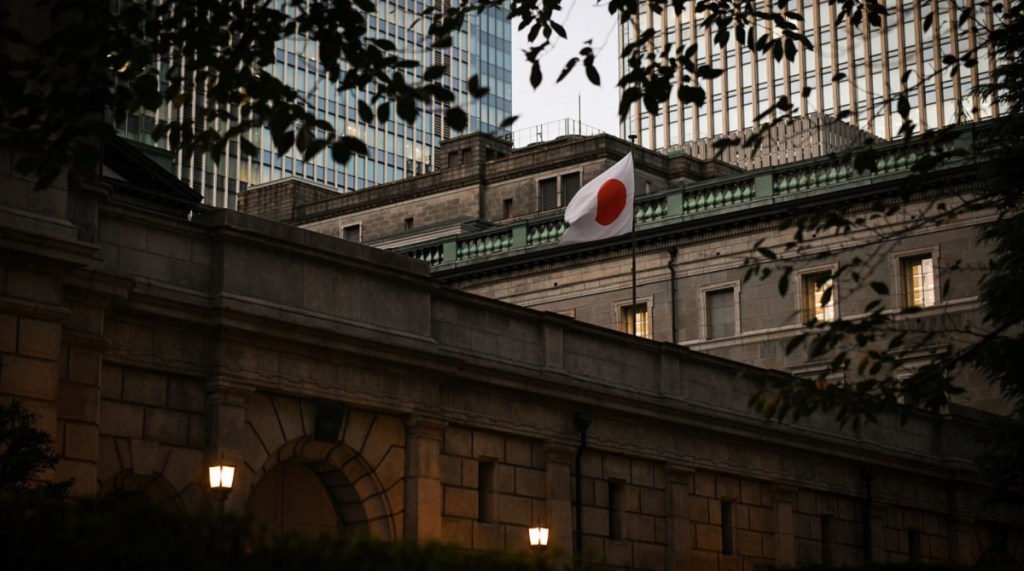The Bank of Japan kept its monetary policy settings steady and adjusted its economic projections while offering no clear hints as to the timing for a potential end of the negative interest rate, an outcome that nudged the yen weaker.
The BOJ maintained its -0.1% short-term rate and kept yield curve control parameters intact at the end of a two-day meeting, according to its statement Tuesday.
The bank cut its inflation forecast for the fiscal year from April to 2.4% from 2.8% in a quarterly outlook report. That implies price gains will continue to exceed its 2% target for some time, as has been the case since April 2022.
The policy decision was unanimously expected by BOJ watchers surveyed by Bloomberg. A major earthquake on New Year’s Day and a deepening funding scandal engulfing Prime Minister Fumio Kishida’s ruling party made this an inopportune time for Japan’s first rate hike since 2007. With the hold, the BOJ retains its status as global outlier on policy, as the Federal Reserve and European Central Bank hint at rate cuts later this year.
The yen weakened against the dollar immediately after the announcement, briefly hitting 148.55 per dollar as market players factored in the negative rate staying in place a while longer.
The stand-pat decision is unlikely to change the prevailing view among economists that the BOJ will raise rates at some point this year. The BOJ said the certainty of hitting its price target was continuing to gradually increase, indicating that the bank is getting a little more confident about achieving its goal and is still on track for a rate hike.
Surveyed economists see April as the most liking timing for the end of the negative rate as it will provide time for the central bank to assess the results of annual pay negotiations. Higher raises are seen as a key element for securing a positive cycle of rising prices and wages that feeds into economic growth.
Prior to the Tuesday gathering, people familiar with the matter said BOJ officials were of the view that their price projections — around 2% or higher — are already high enough to justify ending the negative rate, and their focus now is on whether the certainty for the outlook will increase sufficiently.
Governor Kazuo Ueda will speak to reporters in the afternoon, likely from 3:30 p.m.
The recent weakening of the yen will probably prompt Ueda to avoid sounding too dovish. The yen around 150 keeps import costs high and adds to cost-push inflationary pressures, raising the risk of another blow to already weakened consumer spending.
Households contending with rising costs of living are already growing impatient with the prolonged massive monetary easing as a key price measure stays above the BOJ’s 2% target.

